

Articles
How To Store Blueprints
Modified: January 6, 2024
Learn the best practices for storing blueprints in this informative articles. Keep your blueprints organized and protected with these helpful tips.
(Many of the links in this article redirect to a specific reviewed product. Your purchase of these products through affiliate links helps to generate commission for Storables.com, at no extra cost. Learn more)
Introduction
Storing blueprints, whether they are architectural designs, engineering plans, or other technical drawings, is a crucial aspect of maintaining organization and preserving these valuable documents. Proper storage not only keeps blueprints safe from damage but also allows for easy access and retrieval when needed.
In this article, we will discuss the steps you need to take to store blueprints effectively. From gathering the necessary materials to maintaining and updating your blueprint storage system, we will provide you with practical tips and guidelines to ensure the longevity and accessibility of your blueprints.
Whether you are a professional architect or engineer overseeing a large project, a contractor in need of a secure storage solution, or an individual looking to store personal blueprints, this guide will help you navigate the process and make informed decisions for your specific needs.
So, without further ado, let’s dive into the steps required to store blueprints efficiently and effectively.
Key Takeaways:
- Proper blueprint storage involves gathering materials, organizing systematically, choosing suitable storage solutions, preparing the storage area, and maintaining the system. Attention to detail ensures longevity and accessibility of valuable blueprints.
- Regular maintenance, environmental monitoring, and staff training are essential for preserving blueprints. Proper storage safeguards historical and technical documents, ensuring their accessibility for future generations.
Read more: Why Is Blueprint Called Blueprint
Step 1: Gather the Necessary Materials
Before you begin storing your blueprints, it is essential to gather all the necessary materials to ensure a smooth and organized process. Here are some items you will need:
- Blueprint Tubes or Folders: These are specifically designed to protect and store blueprints. Blueprint tubes are ideal for larger-sized drawings, while folders are convenient for smaller or folded blueprints. Ensure that the tubes or folders are acid-free to prevent yellowing or deterioration of the blueprint over time.
- Labeling Supplies: You will need labels and markers to clearly mark and identify each blueprint. Consider using archival-quality labels that won’t fade or cause damage to the blueprint.
- Protective Covers: If you want to provide extra protection against dust, moisture, or accidental spills, consider using clear plastic covers that fit over the blueprint tubes or folders. These covers will help maintain the quality and integrity of your blueprints.
- Storage Boxes or Cabinets: To store and organize your blueprints, you will need suitable storage containers. Choose boxes or cabinets that are sturdy, stackable, and appropriately sized to accommodate your blueprints.
- Shelving: If you have a large collection of blueprints, investing in shelving units can provide a convenient and organized storage solution. Opt for adjustable shelving to accommodate different sizes of blueprint tubes or folders.
- Climate Control Equipment: If you are storing blueprints in an area with fluctuating temperatures or high humidity, invest in climate control solutions such as dehumidifiers or air conditioners to protect against moisture damage.
By gathering these materials beforehand, you will not only save time but also ensure that you have everything you need to store your blueprints properly and protect them from potential damage.
Step 2: Organize the Blueprints
Once you have gathered all the necessary materials, the next step is to organize your blueprints. Proper organization will make it easier to locate specific drawings and maintain an efficient storage system. Here are some tips on organizing your blueprints:
- Sort by Project or Category: If you have blueprints from different projects or categories, start by sorting them accordingly. This can be done by assigning a unique identifier or label to each project or category.
- Numerical or Alphanumeric Order: Within each project or category, establish a numerical or alphanumeric system to further organize your blueprints. Assign a unique number or code to each blueprint and arrange them in ascending or logical order.
- Create an Index or Database: Maintain an index or database that lists the details of each blueprint, such as project name, drawing number, date, and location. This will serve as a reference tool for easy retrieval and tracking.
- Group Similar-Sized Blueprints Together: If you have blueprints of different sizes, group them together to optimize your storage space. This will also make it easier to select the appropriate storage solution for each group.
- Consider Chronological Order: If your blueprints represent a chronological sequence of a project’s development, storing them in chronological order can be beneficial for historical reference or tracking changes over time.
- Allocate Space for Future Growth: Anticipate future growth and allocate extra space for additional blueprints. This will prevent overcrowding and ensure that you have room to expand your storage system without compromising organization.
By organizing your blueprints systematically, you will be able to locate specific drawings quickly and maintain a structured storage system that promotes efficiency and easy access.
Step 3: Choose a Suitable Storage Solution
After organizing your blueprints, the next crucial step is to select a suitable storage solution that will protect your drawings from damage, ensure easy access, and optimize space utilization. Here are some options to consider:
- Blueprint Tubes: Blueprint tubes are cylindrical containers made of durable materials such as plastic or cardboard. They are available in various sizes to accommodate different blueprint dimensions. Tubes provide excellent protection against dust, moisture, and physical damage. They are also portable and stackable, making them a convenient storage option for a small number of blueprints.
- Flat File Cabinets: Flat file cabinets are specifically designed to store large-format documents like blueprints. These cabinets typically have multiple drawers with shallow depths, allowing easy access and organization of the blueprints. Flat file cabinets are sturdy and offer protection against environmental factors. They are an excellent choice for storing a large collection of blueprints in a dedicated space.
- Plan Clamps: Plan clamps provide an alternative storage solution for blueprints, particularly when quick accessibility is required. These clamps securely hold the blueprints and can be mounted on a wall or a purpose-built blueprint hanging rack. This option is ideal for active projects or frequently used blueprints.
- Map Cabinets: Map cabinets, similar to flat file cabinets, are designed for storing oversized documents like blueprints. These cabinets have wider drawers that can accommodate rolled blueprints or flat-folded drawings. Map cabinets often have locking mechanisms and provide excellent protection against damage and theft.
- Archival Boxes: If you have a limited number of blueprints or want a more cost-effective solution, archival boxes can be a practical choice. These acid-free boxes are available in various sizes and can be used to store blueprints individually or in smaller groups. Archival boxes provide basic protection against dust and light exposure.
When selecting a storage solution, consider the size and quantity of your blueprints, your available storage space, accessibility requirements, and budget constraints. It’s essential to strike a balance between preservation, organization, and practicality for your specific needs.
Remember, whichever storage solution you choose, ensure that it is located in a suitable environment with stable temperature and humidity levels to prevent damage to your blueprints over time.
Store blueprints in a flat, waterproof container to prevent damage from moisture. Label the container clearly for easy identification.
Step 4: Prepare the Blueprint Storage Area
Before you start storing your blueprints, it is important to prepare the storage area to ensure the optimal preservation and accessibility of your drawings. Here are some steps to follow:
- Clean the Storage Area: Thoroughly clean the storage area to remove any dust, debris, or moisture that could potentially damage your blueprints. Sweep or vacuum the floor, wipe down shelves or cabinets, and ensure the area is dry and free from pests.
- Create Adequate Space: Make sure you have enough space to accommodate your blueprints. If necessary, declutter and create additional room by removing unnecessary items or reorganizing existing storage units.
- Consider Environmental Factors: Assess the storage area for potential environmental hazards such as direct sunlight, excessive heat or humidity, or fluctuating temperatures. These factors can accelerate the deterioration of the blueprints. If needed, install window coverings, insulation, or climate control equipment to maintain a stable and suitable environment for your blueprints.
- Ensure Proper Ventilation: Adequate ventilation is crucial to prevent the buildup of moisture and maintain optimal air quality. If your storage area lacks proper ventilation, consider installing vents or using dehumidifiers or fans to regulate air circulation.
- Implement Security Measures: Protect your blueprints from unauthorized access or theft by implementing appropriate security measures. Consider using lockable cabinets, surveillance cameras, or access control systems based on the sensitivity and value of your blueprints.
- Create a Floor Plan: Develop a floor plan or a layout of the storage area. This will help you visualize the arrangement of your blueprints and ensure efficient utilization of the available space. Label different sections or shelves for easy identification.
- Ensure Accessibility: Arrange the blueprints in a manner that allows for easy access. Store frequently referenced or active projects in a location that is easily reachable, and make sure there is enough space to remove or replace the blueprints without causing damage.
By preparing the blueprint storage area adequately, you create a suitable environment that safeguards your blueprints and facilitates efficient retrieval when needed. Regular maintenance and monitoring of the storage area are also essential to address any potential issues promptly and ensure the long-term preservation of your valuable documents.
Read more: How To Become A Blueprint Designer
Step 5: Properly Store the Blueprints
Now that you have prepared the storage area, it’s time to properly store your blueprints. Follow these guidelines to ensure the safe and organized storage of your valuable documents:
- Use Acid-Free Materials: When placing blueprints in tubes, folders, or boxes, ensure that the materials are acid-free. Acidic materials can cause the blueprints to yellow or deteriorate over time. Acid-free options, such as archival-grade folders or tubes, provide protection while preserving the quality of the drawings.
- Handle with Care: Avoid touching the blueprint surfaces directly, as the oils from your fingers can leave marks or damage the paper. Wear clean gloves or handle the blueprints from the edges to minimize contact with the drawings.
- Roll or Flatten Blueprints: Depending on the size and condition of your blueprints, decide whether rolling or flattening them will be the best storage method. Rolled blueprints can be stored in tubes, while flat-folded ones can be placed in folders or archival boxes.
- Label and File: Clearly label each blueprint with identifying information such as project name, drawing number, and date. This will help in easy identification and retrieval when needed. File the blueprints in their designated storage containers based on the organization system you have established (e.g., alphabetical, numerical).
- Stack Carefully: If using stacking boxes or cabinets, avoid overpacking or placing heavy items on top of the blueprints. Excessive pressure can result in creases, bends, or damage to the delicate drawings. Maintain a proper balance between efficient space utilization and protecting the integrity of the blueprints.
- Protect Against Environmental Factors: Place the stored blueprints away from direct sunlight, extreme temperatures, humidity, or sources of moisture. Exposure to these factors can fade colors, cause warping, or trigger mold and mildew growth. Protective covers or sleeves can provide an additional layer of defense against dust, light, and accidental spills.
- Regularly Inspect: Schedule routine inspections of your blueprint storage area to check for any signs of damage, pests, or environmental concerns. Address any issues promptly to prevent further deterioration or loss of your blueprints.
Properly storing your blueprints is crucial for their long-term preservation and accessibility. By following these guidelines, you can ensure that your valuable drawings remain in excellent condition and are readily available when needed.
Step 6: Maintain and Update the Blueprint Storage System
Once you have successfully stored your blueprints, it is important to establish a maintenance routine to ensure the longevity and organization of your storage system. Here are some essential steps to follow:
- Regularly Inspect and Clean: Periodically inspect your blueprint storage area for any signs of damage, such as water leaks, pests, or deterioration. Clean the area and storage containers regularly to remove dust or debris that may have accumulated over time.
- Monitor Environmental Conditions: Continuously monitor the temperature, humidity, and lighting conditions of the storage area. Utilize humidity and temperature monitors to ensure that the environment remains within acceptable levels. Make adjustments as necessary to protect your blueprints from any potential harm.
- Update Index or Database: As you add new blueprints or make changes to your collection, update your index or database with the latest information. This will help you maintain an accurate record of your blueprints, making it easier to track and locate specific drawings.
- Implement a Check-Out System: If multiple people have access to the blueprint storage area, consider implementing a check-out system to track the movement of blueprints. This ensures accountability and helps prevent loss or misplacement of drawings.
- Invest in Preservation Techniques: If you have particularly sensitive blueprints or those of historical importance, consider investing in preservation techniques such as digitization, lamination, or encapsulation. These measures can provide additional protection against wear and tear, ensuring the long-term durability of the blueprints.
- Train Staff or Users: If you have a team responsible for handling the blueprints or if other individuals access the storage area, provide training and guidelines on proper handling and storage procedures. This will reduce the risk of accidental damage or mishandling of the blueprints.
- Regularly Review and Assess: Schedule periodic reviews of your blueprint storage system to assess its efficiency and identify any areas that may need improvement. Consider feedback from users and make adjustments to optimize the organization and accessibility of your blueprints.
By maintaining and updating your blueprint storage system regularly, you can ensure that your documents remain in good condition and are easily accessible whenever needed. Consistent attention to preservation and organization will help preserve the value of your blueprints over the long term.
Conclusion
Storing blueprints properly is essential for maintaining their integrity, protecting them from damage, and ensuring easy access when needed. By following the steps outlined in this guide, you can establish an efficient and organized blueprint storage system that will safeguard your valuable documents for years to come.
From gathering the necessary materials and organizing the blueprints to choosing a suitable storage solution and preparing the storage area, each step plays a crucial role in maintaining the longevity and accessibility of your blueprints. Proper storage techniques, such as using acid-free materials, labeling and filing systematically, and protecting against environmental factors, are key to preserving the quality of the drawings.
Regular maintenance and updates are also vital to the success of your blueprint storage system. By inspecting and cleaning the storage area, monitoring environmental conditions, and implementing a check-out system, you can ensure the ongoing preservation and easy retrieval of the blueprints.
Remember, each blueprint is a valuable asset, whether it represents architectural plans, engineering designs, or other technical drawings. By investing time and effort into proper storage, you are safeguarding a piece of history and ensuring that future generations can continue to benefit from these valuable resources.
So, whether you are a professional architect, engineer, contractor, or an individual with personal blueprints, take the necessary steps to store them safely, protect them against damage, and maintain an organized system. By doing so, you are securing the future of these important documents and ensuring their accessibility for years to come.
Frequently Asked Questions about How To Store Blueprints
Was this page helpful?
At Storables.com, we guarantee accurate and reliable information. Our content, validated by Expert Board Contributors, is crafted following stringent Editorial Policies. We're committed to providing you with well-researched, expert-backed insights for all your informational needs.
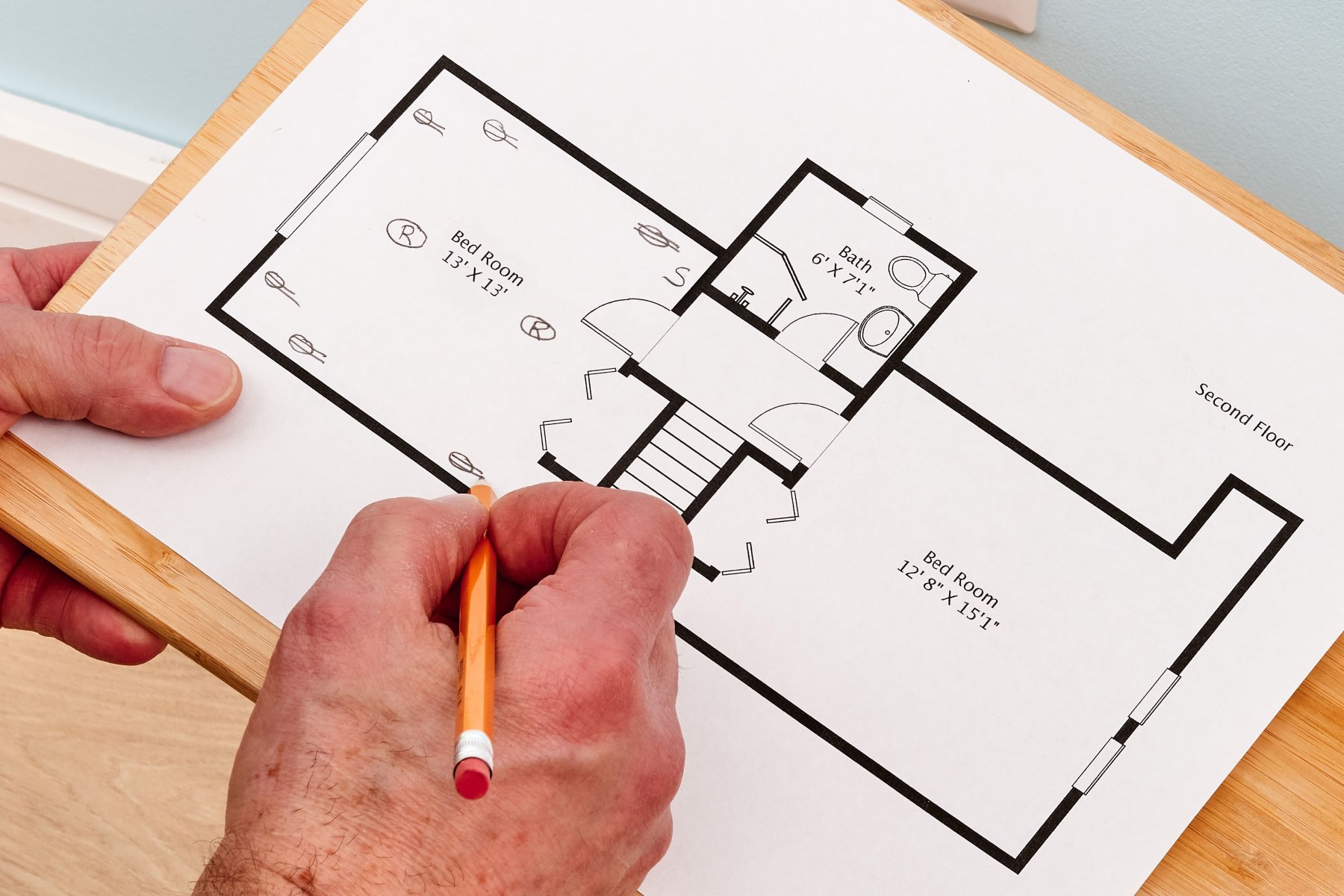
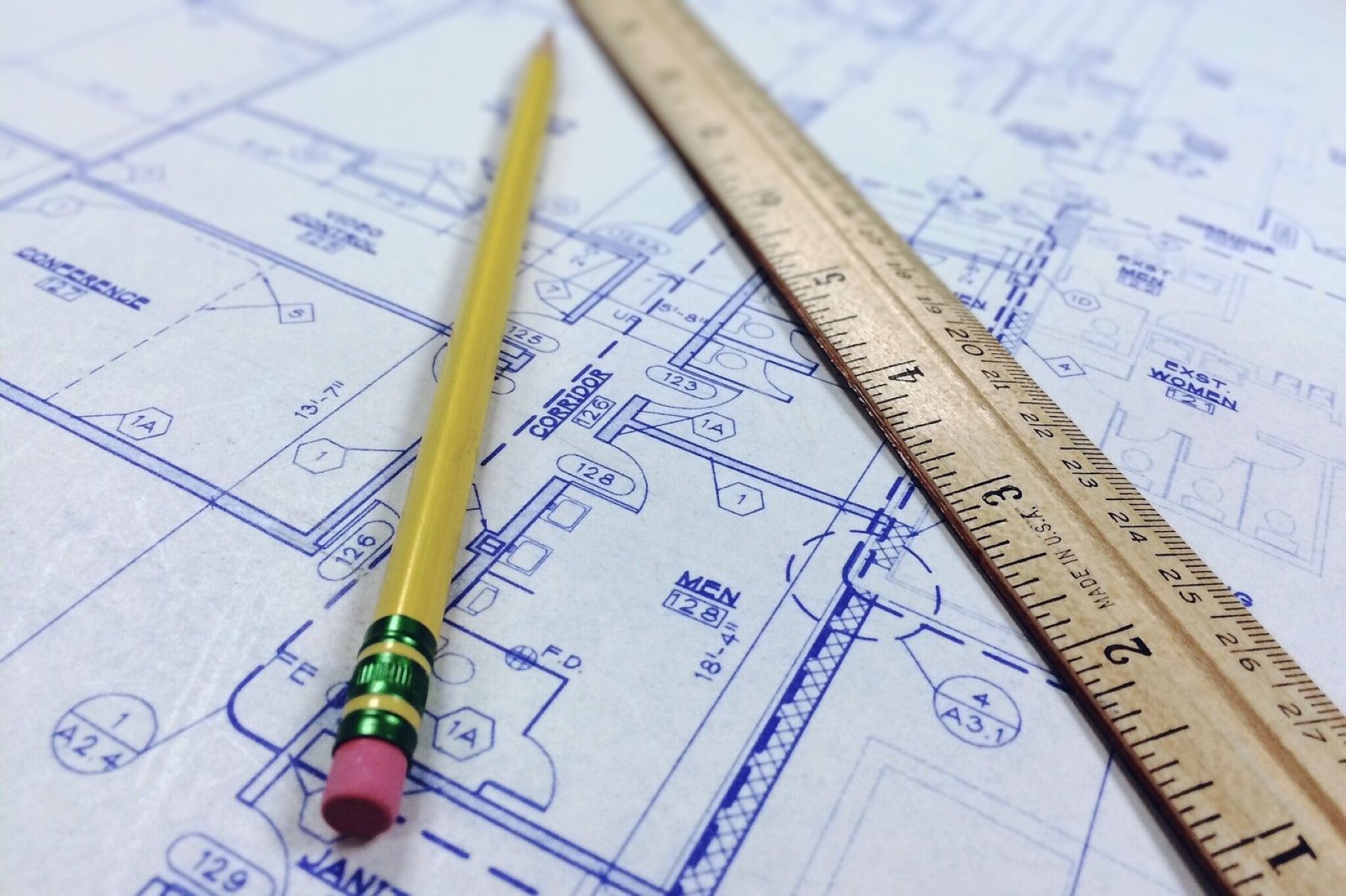
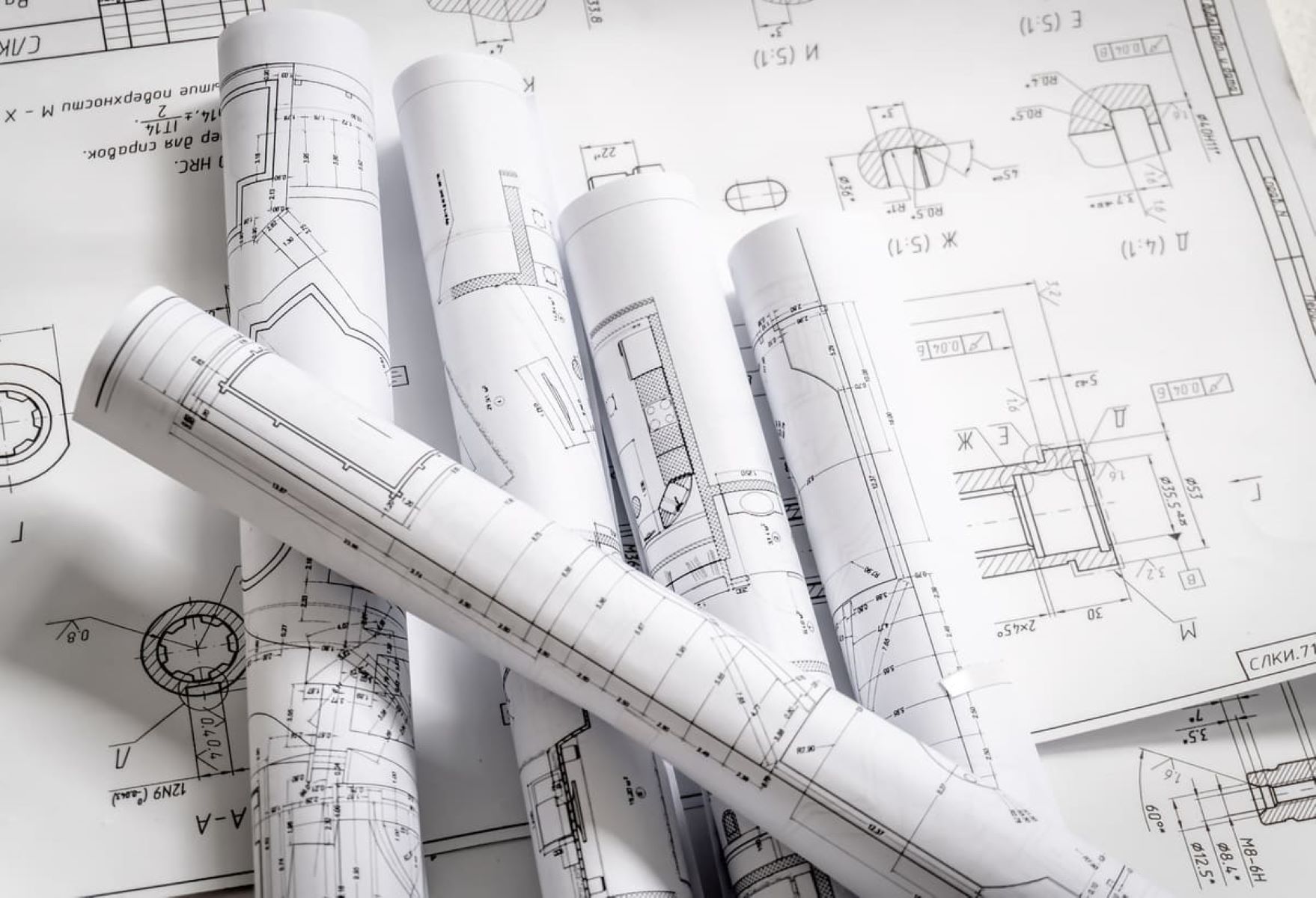
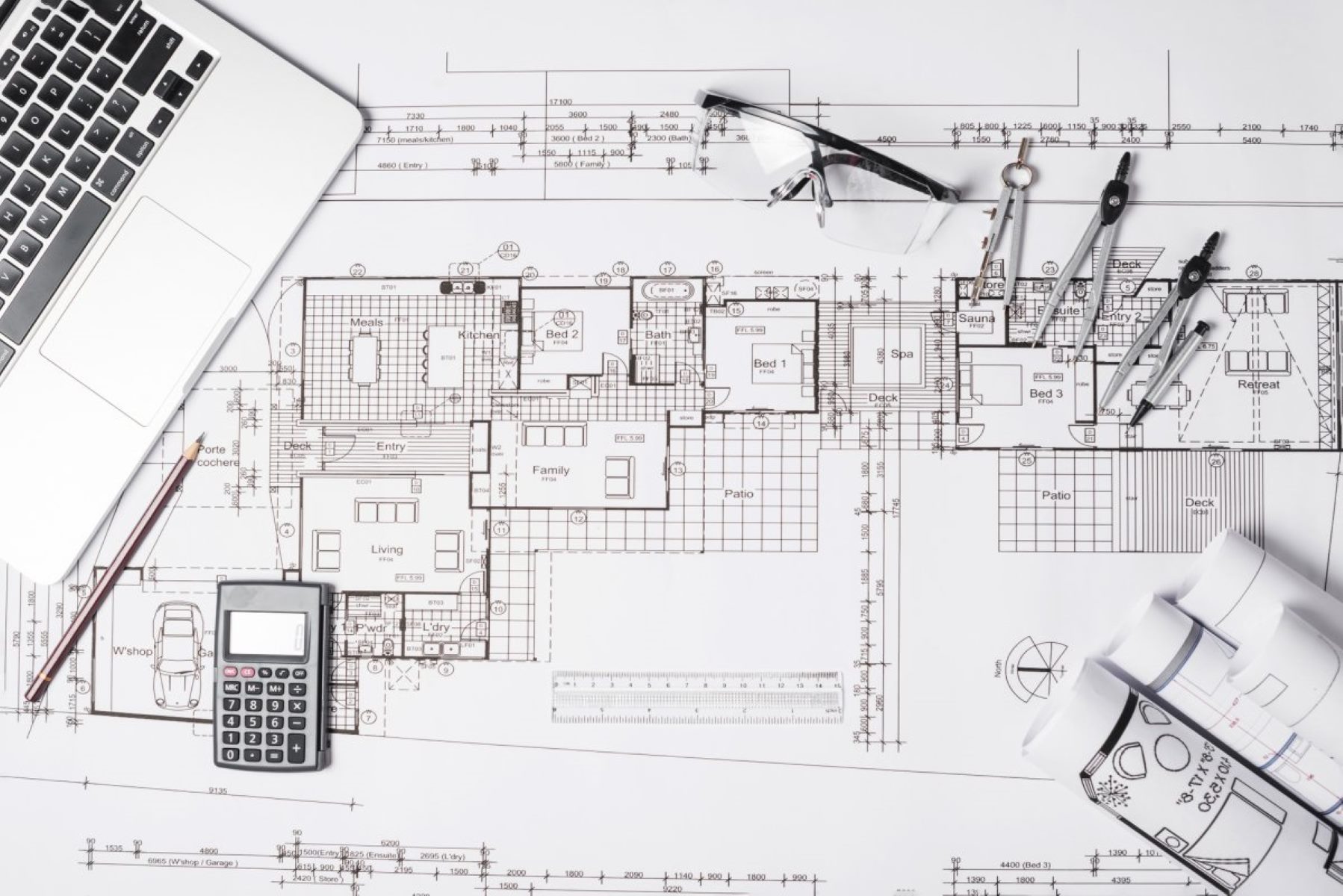



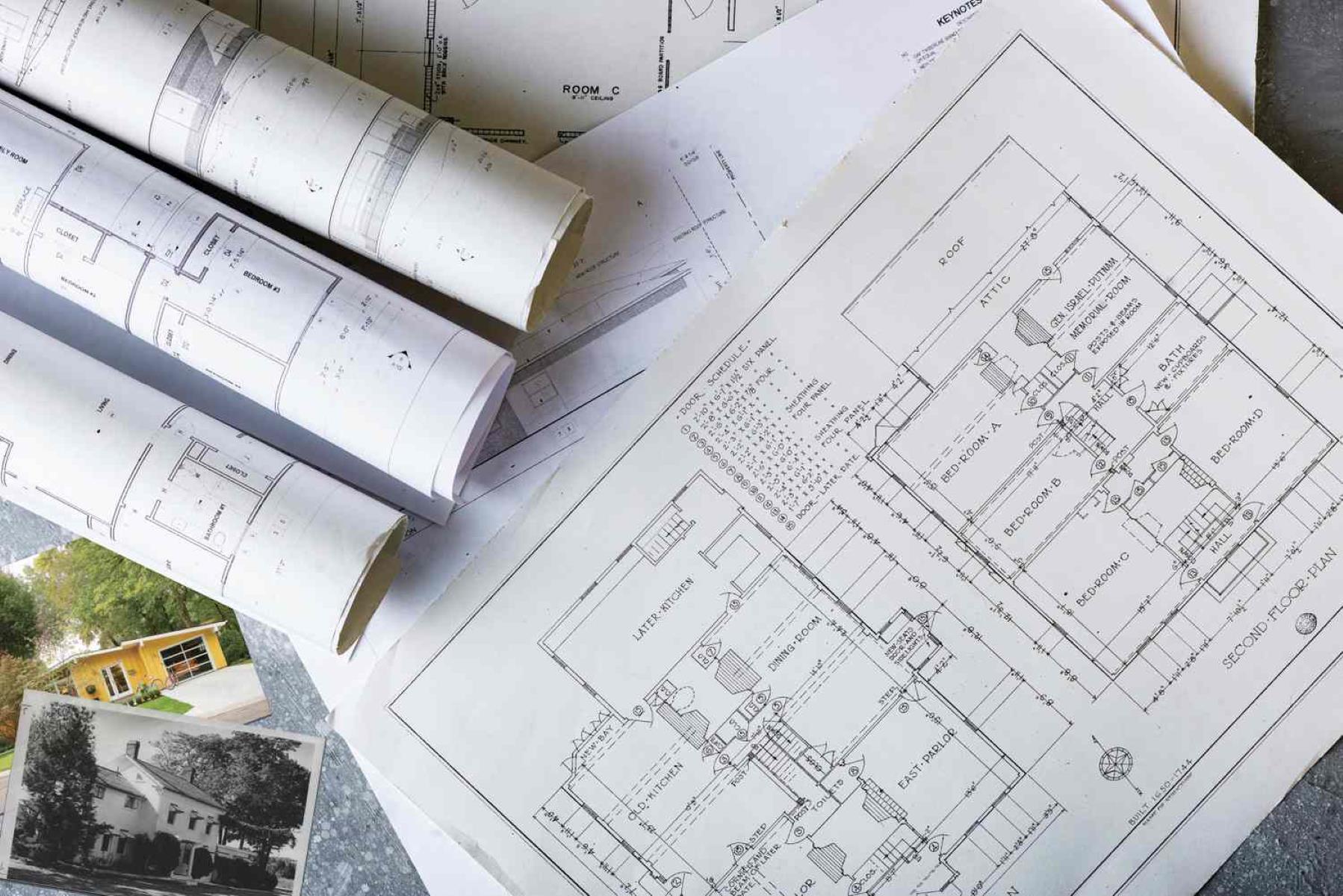
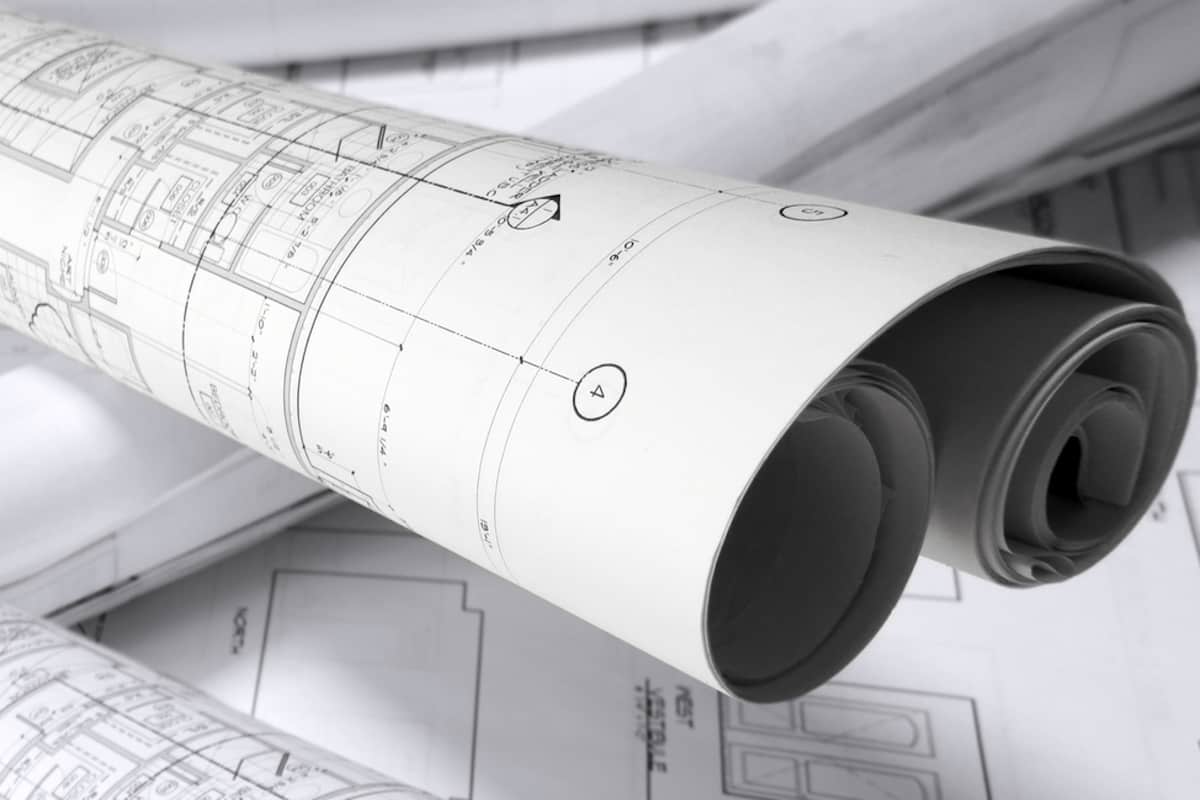
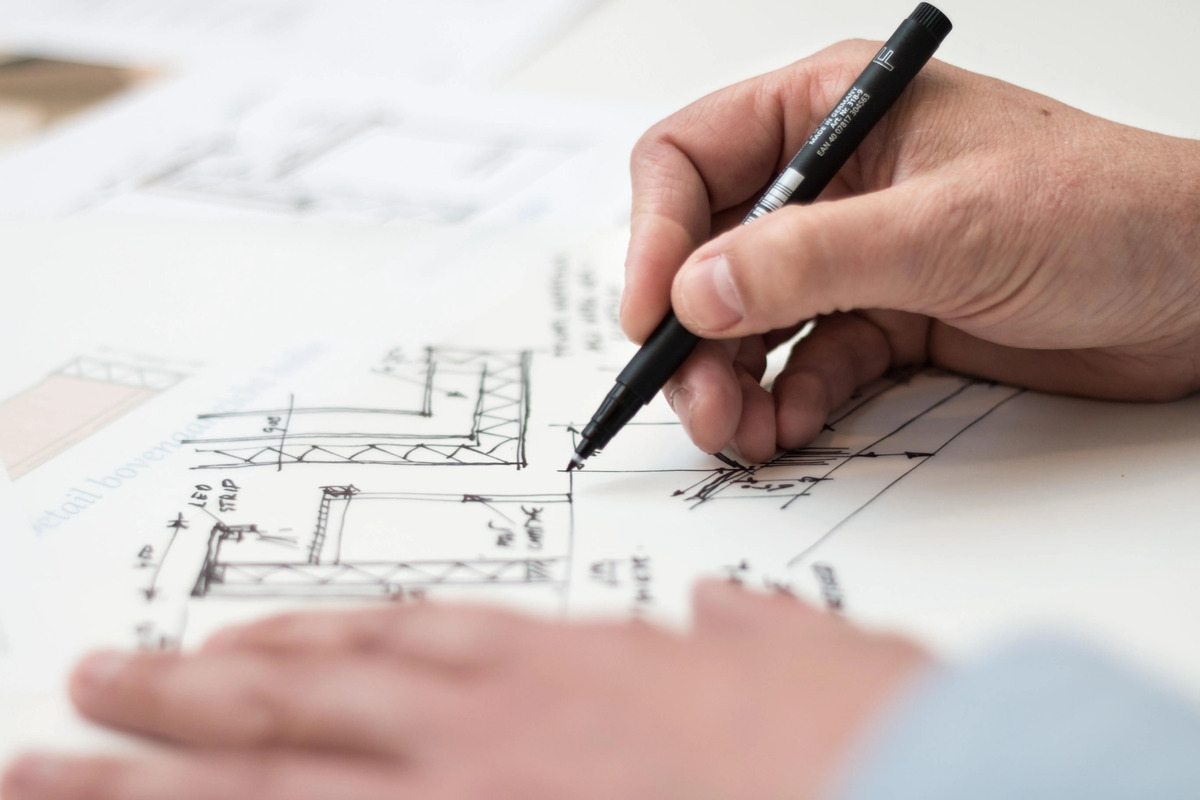
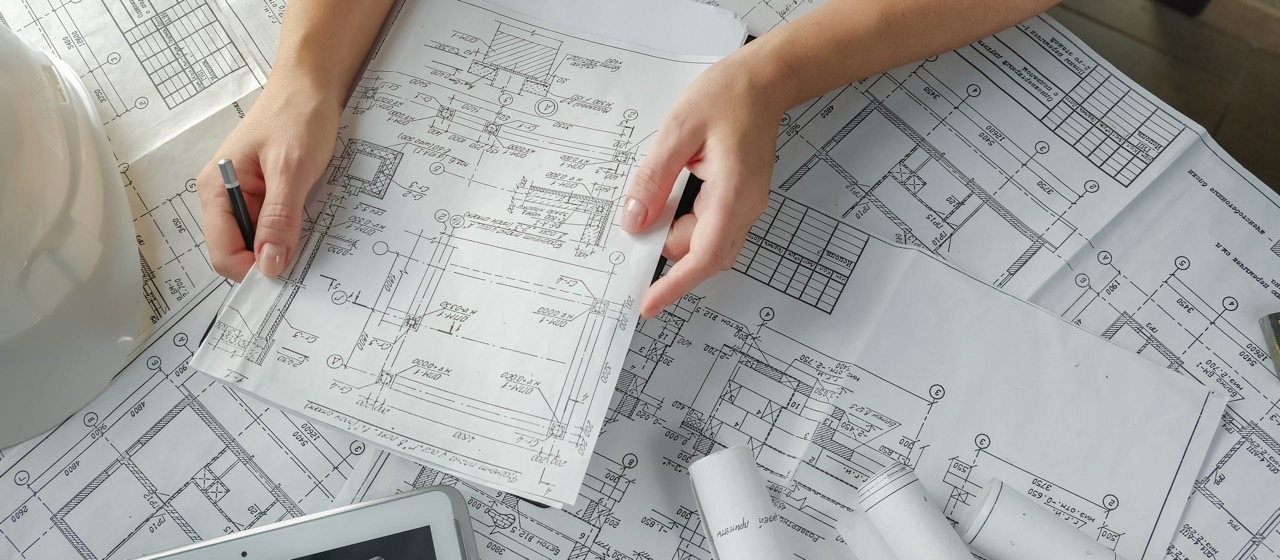
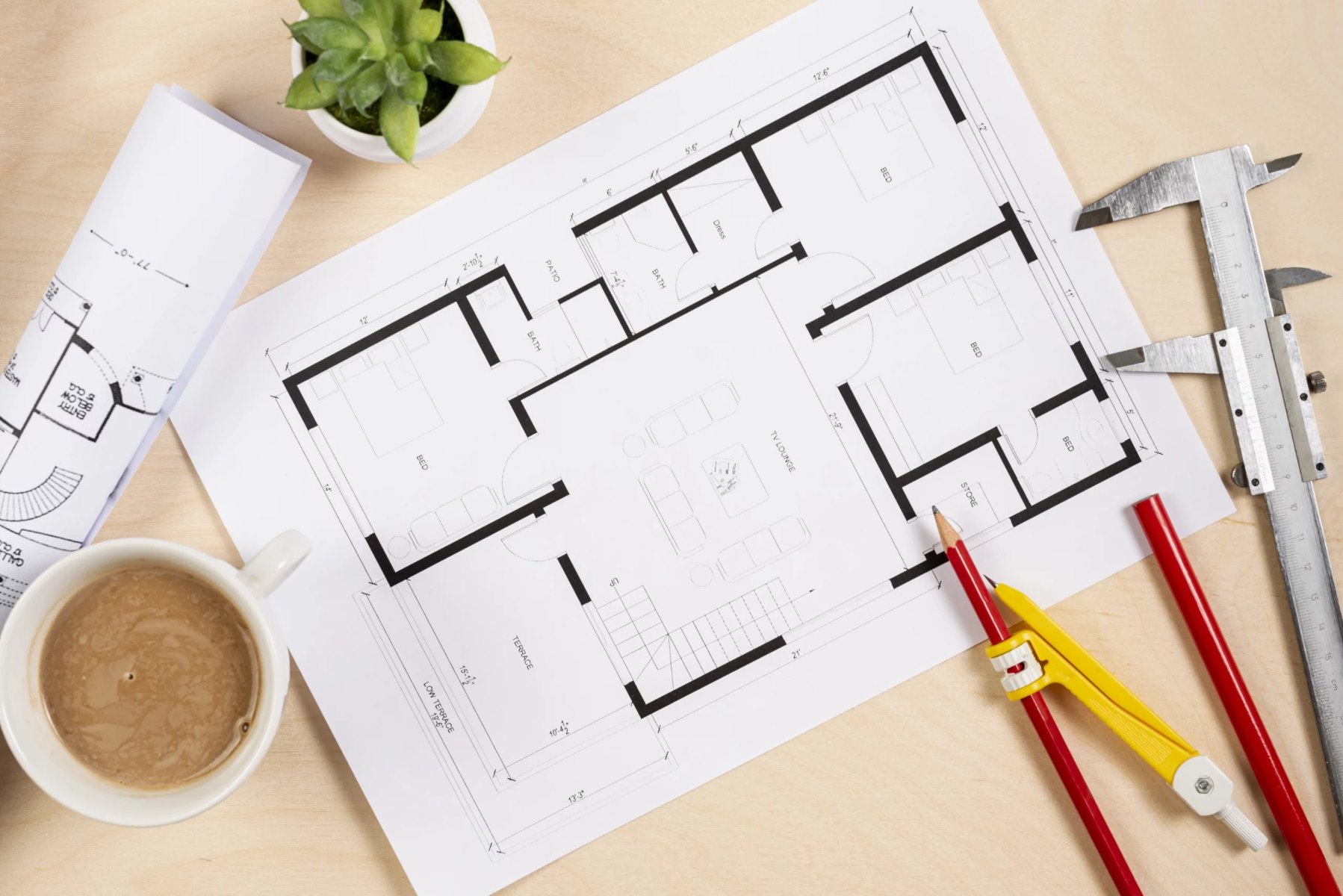
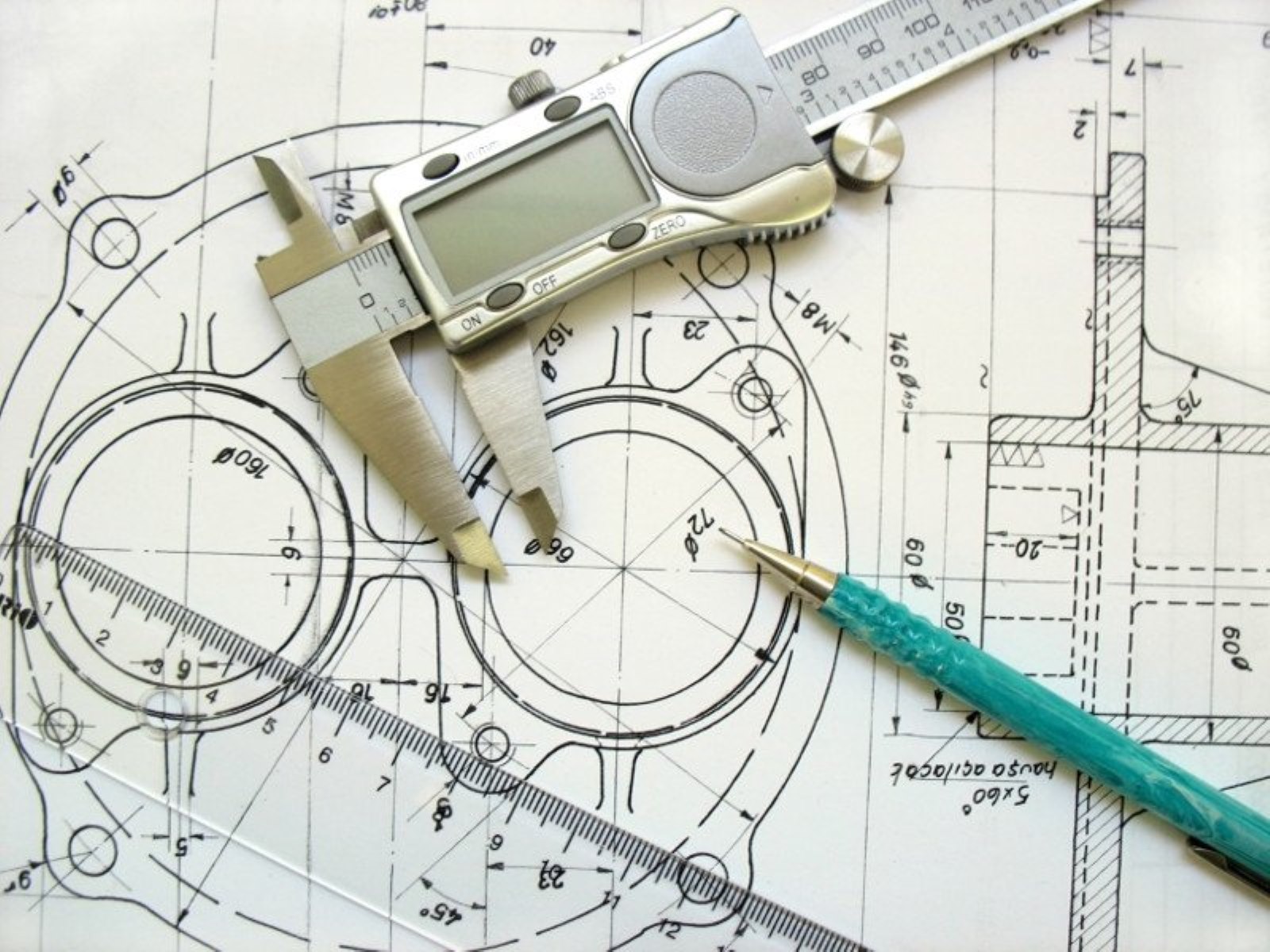


0 thoughts on “How To Store Blueprints”